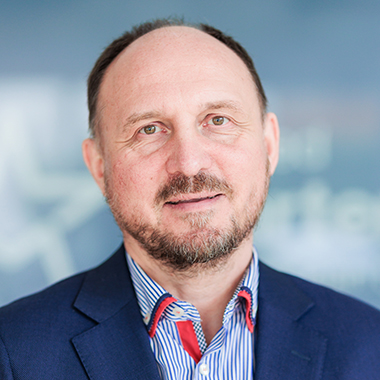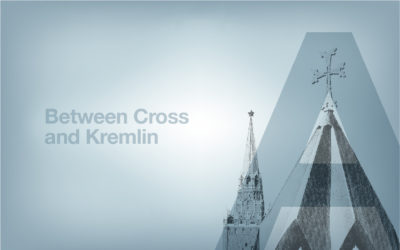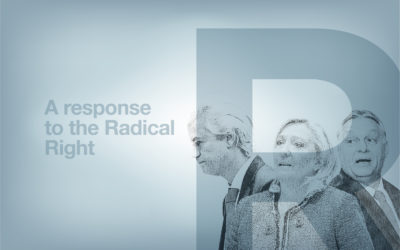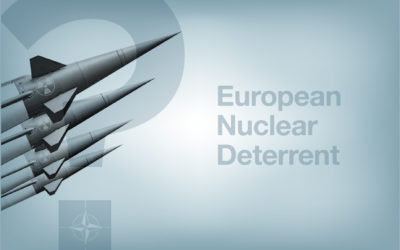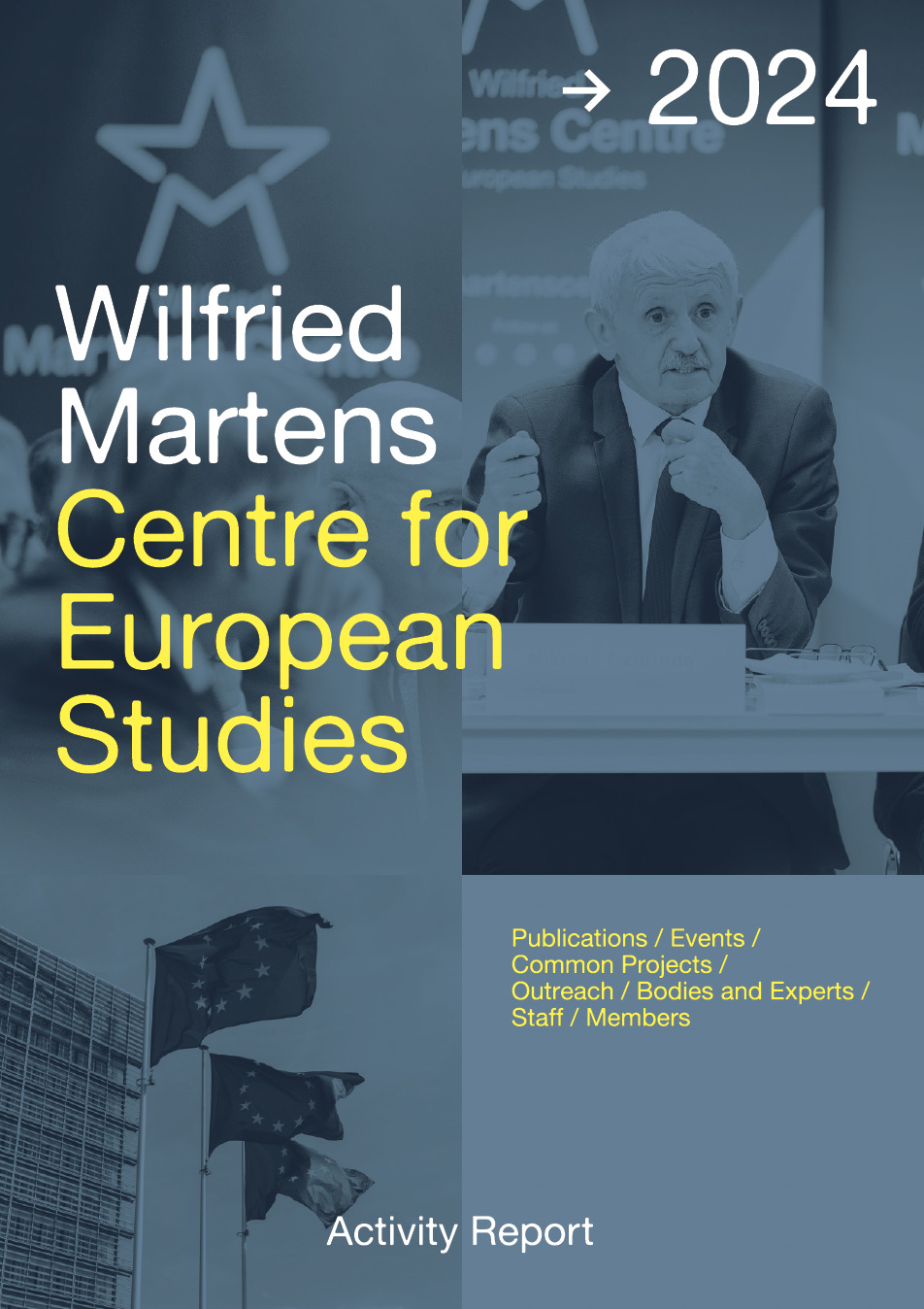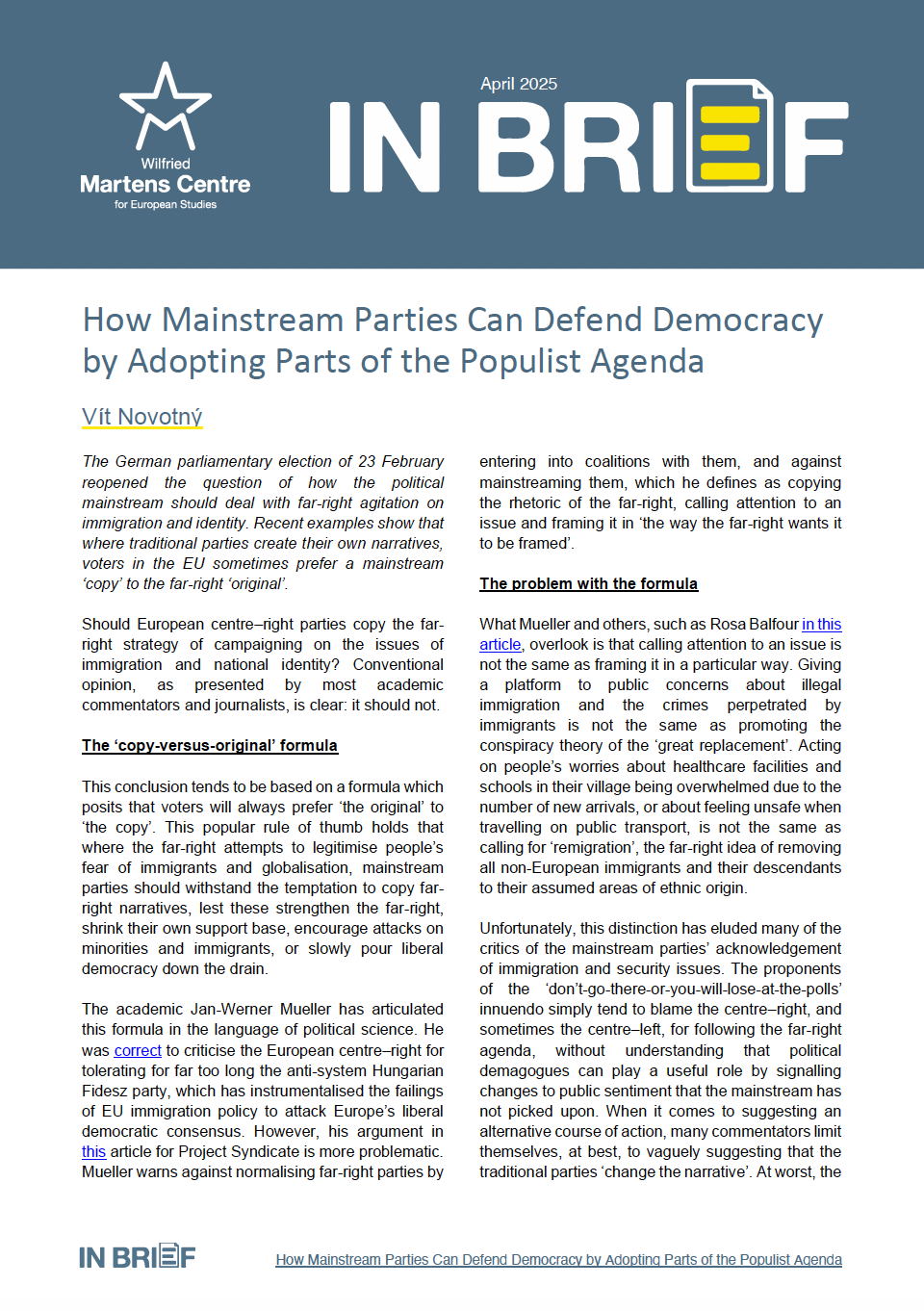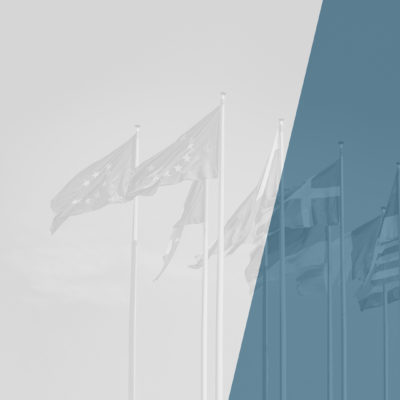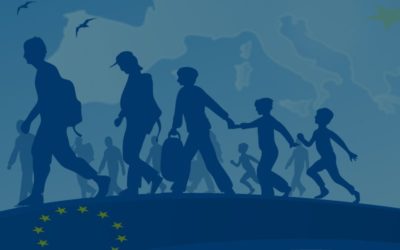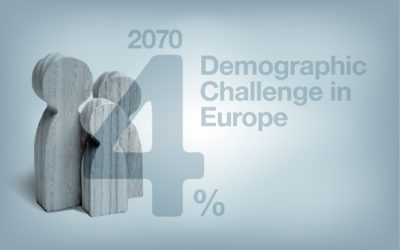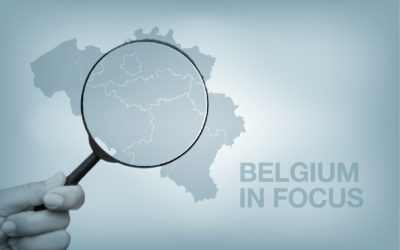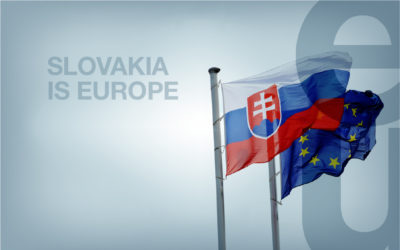Ukrainian Refugees and the EU’s Absorption Capacity
06 April 2022
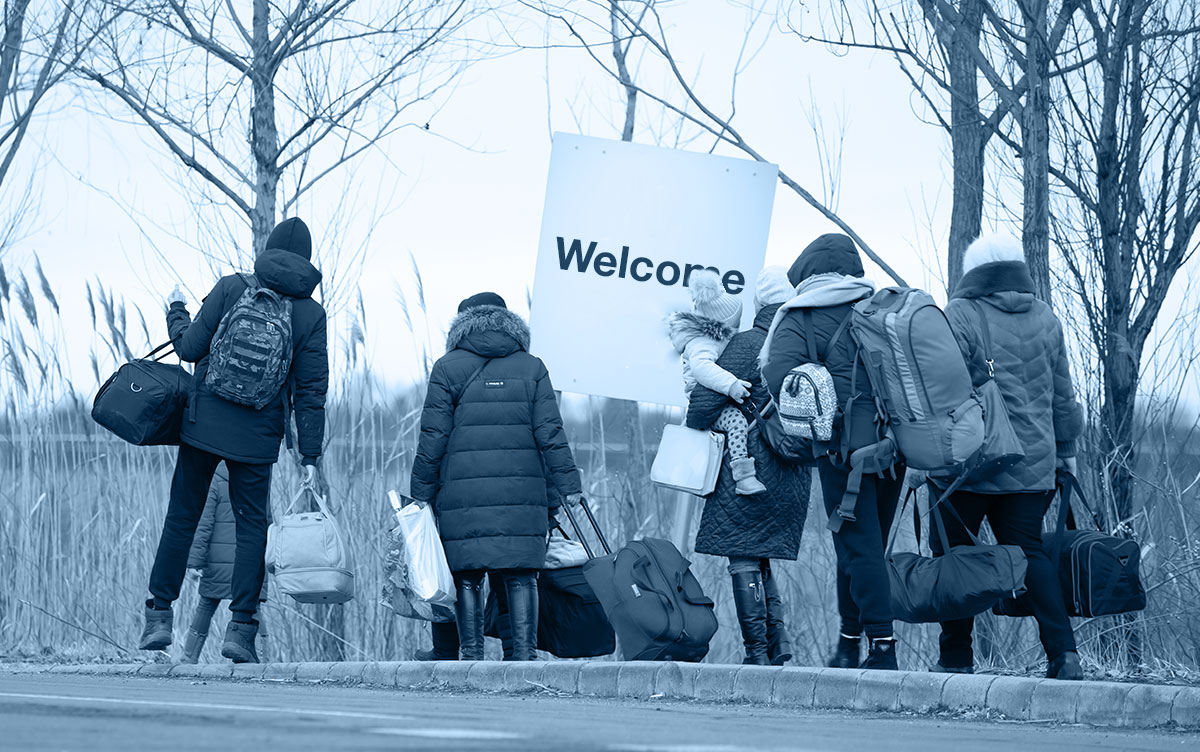
Popular sentiments are crucial in how societies respond to immigration.
Before the Russian invasion of Ukraine on 24 February 2022, the volume of refugee migration into the EU stagnated. The bloc’s share in hosting the world’s refugees had been declining since the peak of the bloc’s asylum and border crisis of 2015-16.
There was also a general view that the bloc was closing itself off. This perception was more due to political rhetoric than reality. While refugee immigration constituted only a small part of overall EU immigration figures, the numbers of non-EU workers, students and family members of existing migrants reached the total of more than 20 million residence permits at the end of the pre-pandemic year 2019.
The Kremlin’s assault against Ukraine has changed the perception of the EU as an insular entity, however incorrect that perception was.
Ukraine’s desperate are now running for safety into the EU in the hundreds of thousands, creating the most intensive forced flight in human history when measured by the number of people crossing international borders in one month. The use of cars, buses and trains is making this flight possible, and so are the eastern members’ open borders.
On 4 March 2022, the EU’s interior ministers voted to grant all Ukrainian refugees temporary protection in the bloc, providing a ‘blank check’ to an unlimited number of Ukrainians who might arrive in the EU before 4 March 2023. One’s presence in Ukraine on 24 February and having been displaced by conflict are the only conditions for the EU to provide legal protection.
Absorption capacity, meaning the ability of a society to accept and accommodate people from another society, appears to have ballooned beyond all imagination. Whether Ukrainians will become well integrated in all the member states they are entering, remains to be seen.
Absorption capacity and war
In peacetime, the prospect of admitting 3.7 million people within a month would have caused unimaginable political conflicts between the EU’s members.
Sentiments obviously play a decisive role in determining a society’s absorption capacity. War is turning out to evoke the strongest of sentiments.
Before the war broke out, the EU’s eastern frontline states were often characterised in West European countries as inherently xenophobic. This characterisation was incorrect, but at least partly understandable due to the far-right rhetoric of a couple of the region’s leaders, as well as several members’ refusal to participate in the mandatory relocation scheme of 2015-17. This portrayal now seems out of time and out of touch.
When Russian tanks began rolling into the previously unconquered areas of Ukraine, the Central and East Europeans’ response was instant, automatic and instinctive. ‘I want to help the victims of Russian aggression’ was a thought that galvanised the collective psyche without having to be communicated.
The fact that Poland, Slovakia, Romania, Czechia and others are currently falling over themselves to welcome, accommodate, and assist refugees is impossible to miss. So is the abrupt transformation in rhetoric by the governments in question.
How can we explain this change?
Identification with the victims plays a major role. A comparison with the Syrian conflict can help us grasp this phenomenon. The Syrian conflict that began in 2011 was difficult to understand for the average European. Due to the conflict’s complexity and length, and due to the involvement of so many internal and external actors, it was difficult for Europeans, east Europeans including, to clearly identify the victims and develop compassion with them. In Ukraine, it is beyond doubt who the aggressor and the victim are. Hundreds of thousands of Syrian refugees did not start arriving from Turkey until 2015, four years into the war. Ukrainian refugees started fleeing their country on the day that Russian rockets started landing.
Also essential are the Central and East Europeans’ historical instincts. At different points in the twentieth century, people on today’s eastern flank of the EU, from Finland in the north to Romania in the south, became acquainted with Soviet tanks. With the important exception of defeating the Nazis in 1944-45, these tanks broke lives and crushed hopes. For four decades, these eastern countries were colonies of sorts of the Soviet Union, a Marxist-Leninist empire.
So, when on 24 February Russian tanks began rolling into the previously unconquered areas of Ukraine, the Central and East Europeans’ response was instant, automatic and instinctive. ‘I want to help the victims of Russian aggression’ was a thought that galvanised the collective psyche without having to be communicated.
Many Central and East Europeans also realise that in Putin’s messianic war, Ukraine represents freedom, prosperity and democracy and thus, Western civilisation. This is despite the many failings that Ukraine displayed as a state, including wide-spread corruption and cronyism. Along with feelings of helplessness and rage, Central and East Europeans are rationally acting in their own self-interest as they open their homes to Ukrainian families. They realise that Putin’s army poses a direct threat to the West and to their way of life.
The fact that the vast majority of refugees are women and children also helps. Nobody could claim that a man is less worthy of protection than a woman is, and asylum law certainly contains no such clause. Still, it seems a trait of the human mind that people are readier to assist a mother with children than a man. The fact that most Ukrainian men are at home fighting the enemy only adds to the generally shared admiration of Ukraine and its people.
Familiarity cannot be dismissed as a factor, either. Estonians, Latvians, and Lithuanians shared the same state with Ukrainians until 1990, the Soviet Union. Ukrainians have been the dominant immigrant group in Poland, Slovakia, and Czechia since the fall of communism began in 1989. The opening of visa-free access in 2017 only sped up the process of mutual familiarisation. Ukrainians have been among the fastest growing immigrant groups, not only in Central and Eastern Europe, but across the EU, for many years now. They tend to assimilate easily and are known to be hard workers. Linguistic, religious, and cultural proximity with the EU’s eastern flank is part of the equation.
These factors are not exclusive to the EU’s eastern members and, with the exception of historical instincts, are present across the whole bloc. They are contributing to the steep increase in the EU’s absorption capacity, resulting in private homes being opened, public institutions mobilising their resources, and tens of thousands of volunteers helping on all possible fronts.
The triggering of temporary protection allowed the EU to immediately respond to the influx, without the immediate need to debate intra-EU distribution. But given the mass of newcomers, problems with their reception and integration will, no doubt, occur at local, national, and European levels. The fact that some female Ukrainian refugees have already fallen victim to crime and abuse may be only a harbinger of things to come.
It is too early to draw conclusions on the implications of the Ukrainian influx for the EU immigration and asylum policy. What is clear is that the compassion of Europeans as well their self-interest in helping Ukraine to defeat Putin’s army has multiplied Europe’s absorption capacity to levels not seen for decades.
ENJOYING THIS CONTENT?


